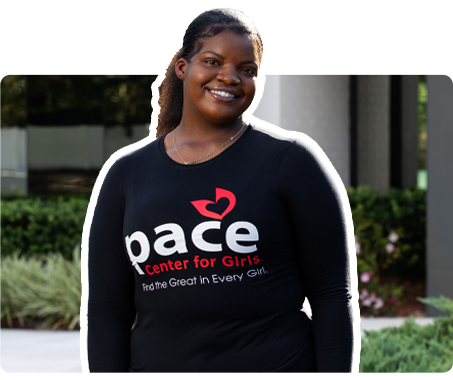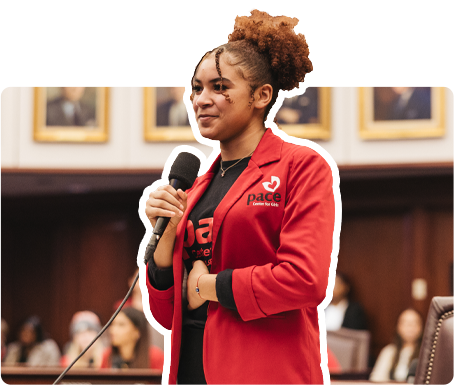News & Stories
Pace Insights
Find in-depth stories, hear our girls' voices and discover the latest news and innovative approaches that showcase how Pace empowers girls to achieve brighter futures.
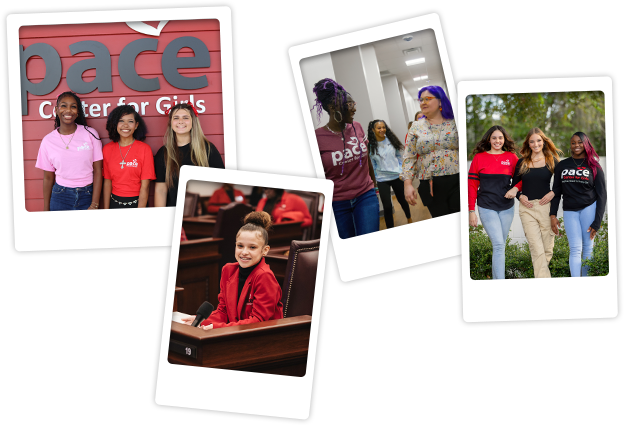
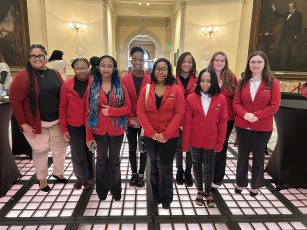
Teen Girls Meet Georgia Legislators at Pace Day at the Capitol
Pace Center for Girls (Pace), a nationally recognized model that provides education, counseling, training and advocacy for girls and young women,...
03.11.2025

Building Futures: How Pace Palm Beach Empowers Local Girls to Succeed Through Crucial Academic and Behavioral Health Support
Pace Center for Girls, Palm Beach released annual impact data for the academic and behavioral health support it provides to middle and high school...
03.06.2025
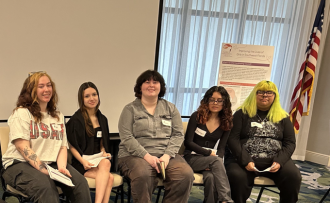
A Call to Action on Behalf of Girls in Southwest Florida
The Girls Coordinating Council (GCC) of Southwest Florida recently held a significant call to action event, gathering a diverse group of key...
02.28.2025

Pace Treasure Coast annual Girls Empowerment Luncheon Mar. 7 in Port St. Lucie
PORT ST. LUCIE, Fla. — The Girls Empowerment Luncheon will be held on March 7 at 11:30 a.m. at Tradition Town Hall in Port St. Lucie. Pace Treasure...
02.21.2025

Transforming lives at Pace Center for Girls for over a decade
Davia Lerebours has been a force at Pace Center for Girls, serving as Executive Director. “Pace has been such a blessing to me,” said...
02.18.2025

Miyesha, Pace Escambia Santa-Rosa
“During my time at Pace, I was given so many opportunities, including serving on the Girls’ Leadership Council. It was there that I...
02.13.2025
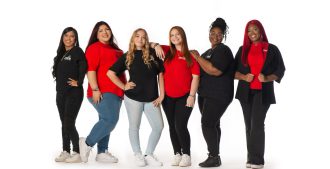
Pace Center for Girls, Lee launches ‘Every Girl Deserves’ Capital Improvement Campaign
After 16 years of empowering young women in Lee County, Pace Center for Girls announces the launch of its “Every Girl Deserves” Capital...
02.13.2025
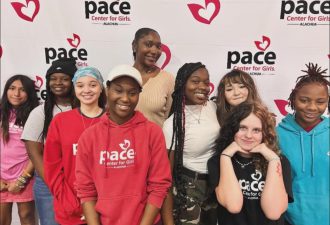
Community Foundation donates to support empowerment programs for girls at Pace Alachua
Officials from the Community Foundation of North Central Florida recently presented a $3,300 donation to the Pace Center for Girls in Alachua. This...
02.13.2025
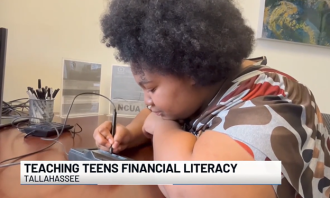
Tallahassee Pace girls take financial field trips, learn money management
A group of teens from Tallahassee’s Pace Center for Girls walked into First Commerce Credit Union Thursday to open their very first certificates of...
02.12.2025
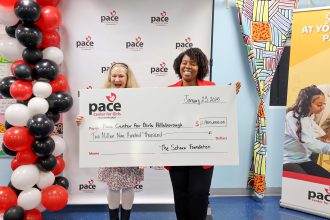
Pace Center for Girls Hillsborough Launches Capital Campaign to Expand Capacity and Support Girls’ Futures
Today, Pace Center for Girls, Hillsborough proudly announces the launch of its capital campaign, marking a pivotal moment in the center’s...
01.28.2025
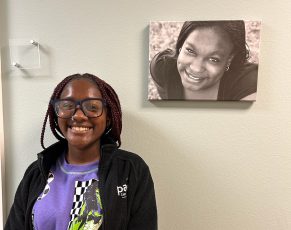
Jeh’monie, Pace Marion
Pictured above with her mom’s photo, Jeh’monie is following in her mom’s footsteps as a second-generation Pace girl. “My mom enrolled me...
01.28.2025
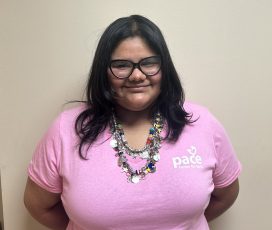
Madinah, Pace Palm Beach
The team at Pace Palm Beach helped me grow as a student and a person. When I came to Pace, I was anxious and nervous about starting school again. I...
01.28.2025

